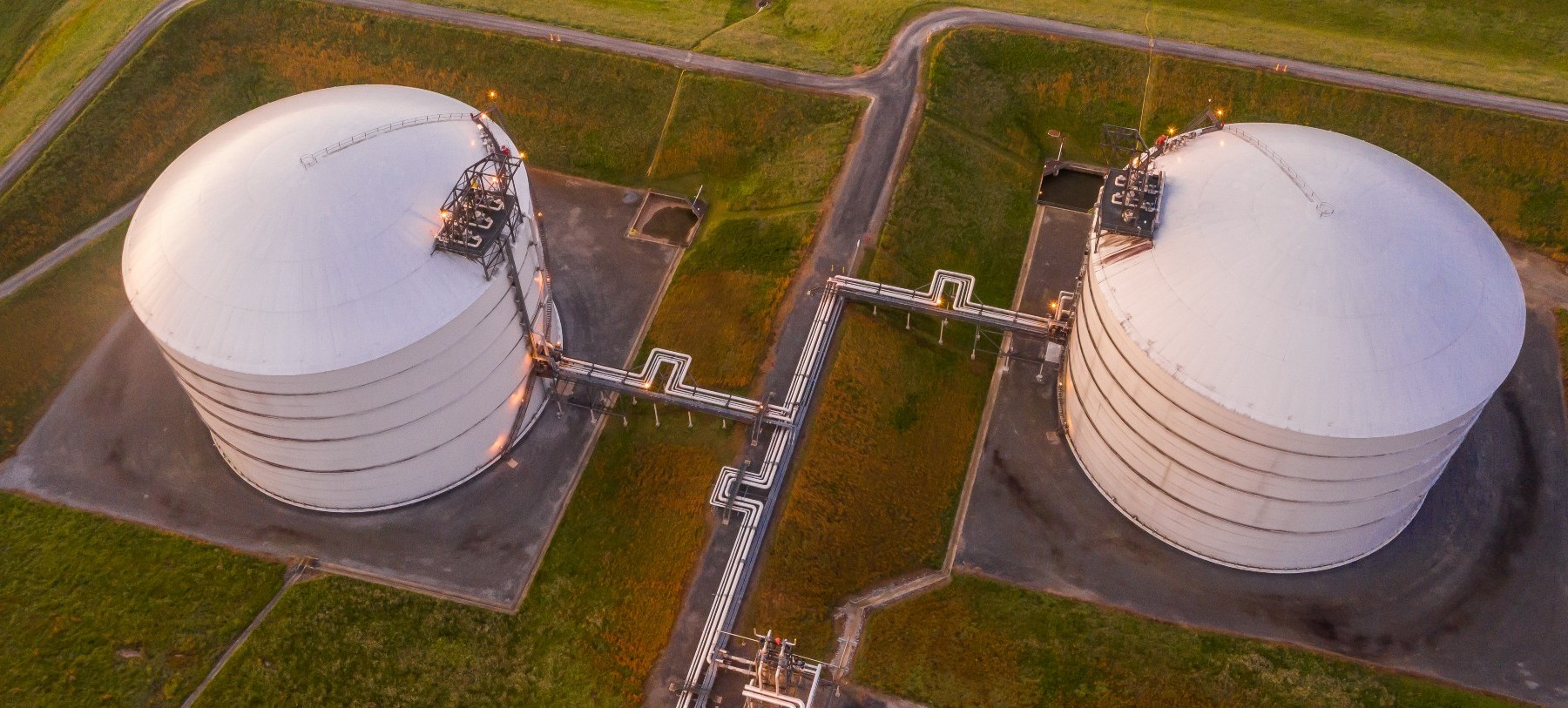Think of natural gas storage as a savings account. When you have extra money, you put it in a secure banking account so that you can draw on it later. Maybe for that trip to Europe or when your oldest starts college. (Or both!)
Natural gas storage also is a way to save for future needs. It’s key to meeting clean energy demand here and abroad.
Every year some of the natural gas produced in the United States is stored away so it can be used during the high-demand periods of winter and summer. It’s also an “always on” back-up fuel for renewable energy, which can be unreliable if the sun isn’t shining or the wind doesn’t blow.
The gas is put into storage typically during the late spring or early fall during mild weather when demand declines. Building this inventory means there will be enough supply on hand when the seasons change and demand returns.
The most common way to store natural gas is underground in salt formations, depleted gas reserves or depleted aquifers. It can also be stored in tanks above ground as liquefied natural gas, or on LNG tankers that can head overseas to meet clean energy needs there.
Like a saving account, natural gas storage means energy will be in the right place and at the right time, just when it’s needed.
